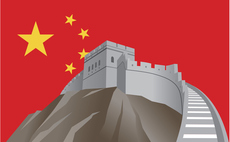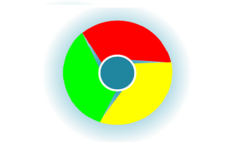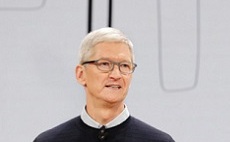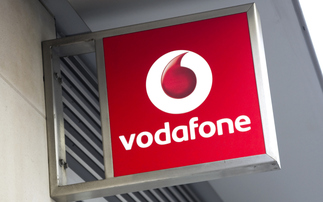Oranges are not the only fruit, Apple's is not the only smartphone
Like it or not, Apple knows how to get worldwide attention focused on its new devices, and the latest incarnation of the iPhone is no different. This time, however, the coverage has been as muc...
To continue reading this article...
Join Computing
- Unlimited access to real-time news, analysis and opinion from the technology industry
- Receive important and breaking news in our daily newsletter
- Be the first to hear about our events and awards programmes
- Join live member only interviews with IT leaders at the ‘IT Lounge’; your chance to ask your burning tech questions and have them answered
- Access to the Computing Delta hub providing market intelligence and research
- Receive our members-only newsletter with exclusive opinion pieces from senior IT Leaders



















